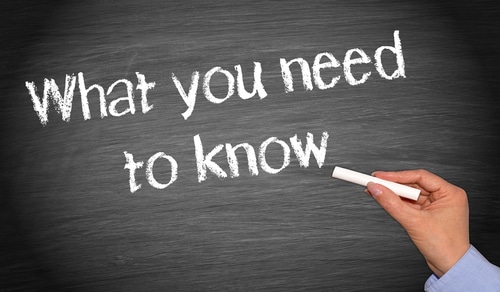How Does a Self-Directed IRA Actually Work?
You may have heard of Self-Directed IRAs, done your research, and looked into the fact that they allow you to easily invest in nontraditional retirement assets like real estate and precious metals. But even before all of that, some people are still left with a much more basic question. How do these actually work? When it comes down to the nuts and bolts of operating a Self-Directed IRA, how can the average investor get started, and what do they have to do with their Self-Directed IRA custodian to get themselves invested? Here is what you will need to know.
Getting Started with a Self-Directed IRA
At our Self-Directed IRA: How It Works page, you’ll see it broken down into several steps:
- Selecting the type of account, you want to open. This can include things like the Roth IRA, the HSA, a SEP-IRA, and more.
- Funding the account. There are different ways to fund a Self-Directed IRA. You can fund via transfer or rollover, for example. The way you can fund your IRA will depend on your individual situation and maybe even your current IRA status.
- Selecting an investment. You are the one in the driver’s seat here. But since you are using a Self-Directed IRA administration firm as the custodian on the account, you need to direct them as to what to do on your behalf. This is when you pick your investments. Will it be a private entity? A real estate asset? Precious metals?
- Submitting your paperwork. After filling out the relevant paperwork, it is time to submit it to your Self-Directed IRA administration firm.
- Authorize payment. Once the investment is funded and the IRA owns the assets, it is now time to think about expenses on the assets. You can complete a payment authorization letter that allows the Self-Directed IRA to administration expenses for the account.
- Depositing income. If the asset generates income, it needs to be deposited properly into the account. A form to complete here is a deposit slip.
Once you break it down step-by-step, you see that it does not have to be overly complicated. Sure, looking at everything all at once might seem a bit intimidating. But with the help of an experienced Self-Directed IRA administration firm, you will be ready to get moving.
What Is the Basic Function of a Self-Directed IRA?
The Self-Directed IRA simply refers to a retirement account like any other. What is different is how you are treating it. By working with a Self-Directed IRA administration firm to serve as the custodian for this self-direction, you are allowing yourself the ability to invest in nontraditional assets.
That means you can invest in assets like real estate. Owning a piece of real estate property within a retirement account is beneficial for the obvious tax reasons. However, there are some limits which you need to be aware of. For example, you would not be able to rent real estate to someone who is a “disqualified person,” such as a spouse, friend, or family member. Instead, the asset would need to be treated as a separate investment—something technically owned by the IRA.
Once you understand this distinction, it is easy to grasp why so many people flock to the Self-Directed IRA to diversify their assets beyond the traditional methods of retirement investing. It allows investors to look to themselves and their own experience when creating a retirement nest egg. And it allows for tax protections while enjoying that freedom.
Interested in learning more about Self-Directed IRAs? Contact American IRA, LLC at 866-7500-IRA (472) for a free consultation. Download our free guides or visit us online at www.AmericanIRA.com.









